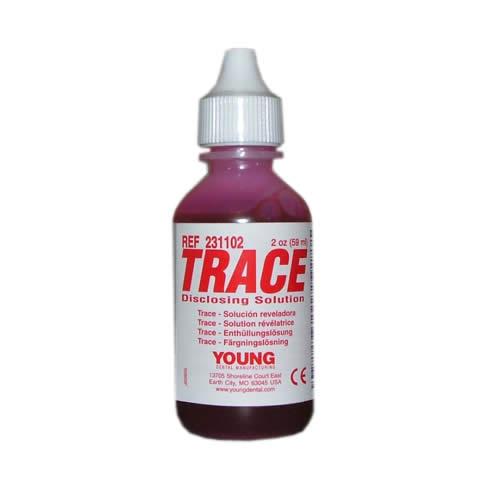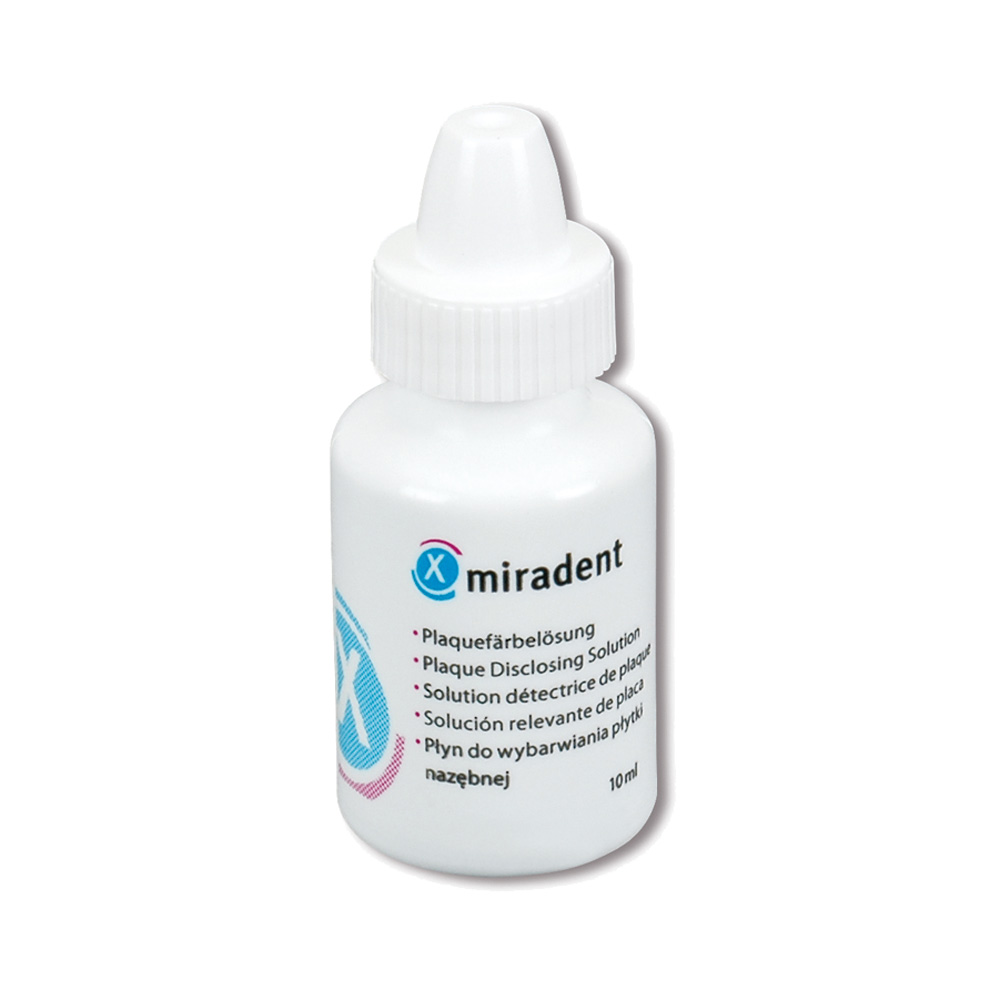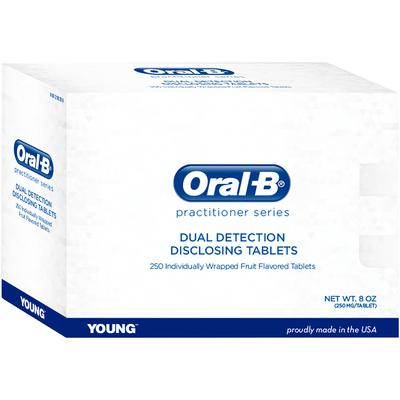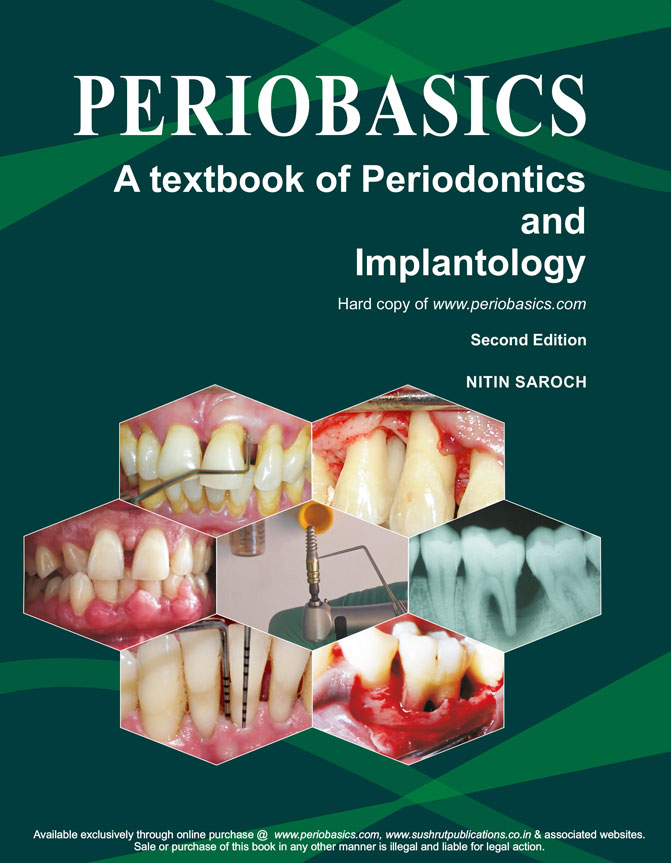Introduction to disclosing agents
Disclosing agents are the solutions or wafers capable of staining bacterial deposits on the surface of teeth, tongue or gingiva. These are very effective tools in patient education and motivation, helping them to perform adequate plaque control. The disclosing agents in solution form are applied on the teeth either in concentrated form with cotton swabs or in diluted form as mouthwashes. Disclosing agents available in wafer form are crushed between the teeth and swished around the mouth for a few second, followed by spitting.
Uses of disclosing agents:
- Acts as an effective motivational tool for the patient for maintenance of good oral hygiene.
- Facilitates self-evaluation of plaque control by the patient on a regular basis.
- The plaque control procedures used may be revised, if the patient is not able to maintain a good oral hygiene.
- To study the long-term plaque control by the patient during successive maintenance appointments.
- Used in plaque indices.
- Used in research work evaluating plaque accumulation on the tooth surfaces.
Ideal properties of a disclosing agent:
An ideal disclosing agent should have following properties,
- Adequate staining: The disclosing agent should be able to adequately stain the bacterial deposits with a color which is in contrast with the normal color of the oral tissues.
- Stability of staining: Following staining, the color of the disclosing agent should not disappear immediately with saliva or simple rinsing.
- Taste: The taste of the disclosing agent should be acceptable to the patient.
- Non-irritant: The disclosing agent should be non-irritant to the mucous membrane.
- Diffusibility: The disclosing agent should be thin enough to easily diffuse and be applied readily and easily, to the exposed surfaces of teeth. At the same time, it should have enough thickness to impart an intense color to the bacterial plaque.
- Astringent and antiseptic: The disclosing agent should have astringent and antiseptic properties
Before applying any disclosing agent, the patient should be asked about any history of an idiosyncratic reaction to any of the components of that particular disclosing agent. If it is there, then some other disclosing agent should be considered. Various dyes that are utilized to detect plaque include,
Iodine preparations,
Skinner’s iodine solution.
Diluted tincture of iodine.
Mercurochrome preparations,
Mercurochrome solution 5.
Flavored mercurochrome disclosing solution.
Bismark brown (Easlick’s disclosing solution).
Merbromin.
Basic Fuchsin.
Erythrosine (FDC red # 3).
FDC green # 3 (fast green, brilliant green).
FDC yellow # 8 (fluorescein).
Two-tone solutions.
Iodine preparations
The iodine preparations such as Skinner’s solution or diluted tincture of iodine are used as plaque disclosing agents. Iodine solution (21 ml of tincture Iodine in15 ml of water) is formally the most classic disclosing solution used for staining the plaque. The primary advantage of using iodine is that its effects are dramatic on plaque staining. Plaque is stained deep brown or black with associated inflamed gingiva. The staining disappears within a few minutes. Another advantage is the low cost of iodine. Primary disadvantages of using iodine as a disclosing agent are, its objectionable taste and some patients may be allergic to iodine.
Mercurochrome preparations:
The mercurochrome preparations have been used primarily due to their antiseptic properties. These have been used as plaque disclosing agents but are rarely used these days.
Bismark brown (Easlick’s disclosing solution):
It is used as a plaque disclosing agent characterized by its brown color and licorice flavor. It is a diazo dye which is primarily used to stain histological sections.
Erythrosine (FDC red No.3):
Erythrosine is also known as FDC red No.3 and is an organoiodine compound, primarily derived from fluorone. It is available in tablet or solution form and is the most widely used disclosing agent. It can be dissolved into a solution or chewed to dissolve in the mouth. A typical erythrosine plaque disclosing solution contains 0.8 gms of erythrosine in 100 ml of water, 10 ml of 95% alcohol and 2 drops of peppermint oil. Advantages of erythrosine dye as a plaque disclosing agent are,
- It takes only a brief time to stain plaque.
- It does not discolor composite restorations permanently.
- It does not permanently stain clothing and dental equipments.
- It is quite safe to use with minimal adverse reactions.

The main disadvantage of erythrosine dye is that it tends to stain soft tissues, making a post-application evaluation of gingiva difficult.
Merbromin:
It is a disodium salt of 2,7-dibromo-4-hydroxymercurifluorescein. It has been primarily used as an antiseptic agent, but also has staining properties similar to those of eosin and phloxine. It forms a red aqueous solution. Mercurochrome is a trade name of merbromin.
Basic Fuchsin:
Basic Fuchsin is a cationic triphenylmethane dye. This dye is magenta in color with a chemical formula of C20H19N3·HCl. It is primarily used to stain histological sections.
FDC green # 3 (fast green, brilliant green):
FDC green #3 gives a brilliant, blue-green color to dental plaque. Many disclosing agents use this dye for staining plaque.
Fluorescein (FDC yellow # 8):
Fluorescein is a coloring agent that, when excited with blue light, fluoresces yellow-green in the range of 500 nm 90. The fluorescence of fluorescein is affected by the pH value. Fluorescence if more intense in acidic pH. Optimum fluorescence is achieved at pH 5.5 91. Plaque Test manufactured by Ivoclar Vivadent comprises the fluorescein, which exposes plaque on the teeth as a yellow color and on gingiva as a green color, when viewed under a blue light source. It is more expensive to use, but has the advantage of not interfering with the gingival assessment or leaving a visible stain on the oral tissues. Examples of this disclosing agent include GUM Plak-Check by Sunstar Butler and Plak-Lite® by Brilliant Enterprises, Inc. (Philadelphia).
Two tone dye:
A two-tone dye test comprises of a combination of the erythrosin with either FDC green #3, FDC blue #1 or Hercules green shade 3 in order to obtain differential staining, i.e. thick old plaques stain blue and thin new plaques stain red. The red and blue colors are because of the acidic or basic environment. The older plaque has an orderly architecture of microorganisms and has basic environment, whereas the newly formed plaque has an acidic environment. Hence, the newer thin plaque stains red, whereas the older thick plaque stains blue.


Application methods for disclosing agents
The disclosing agents in a solution form are applied with a cotton swab and the tablets are chewed and swished. The patient is instructed to rinse and expectorate the disclosing agent. These agents do not stain biofilm-free tooth surfaces unless roughness (i.e., decalcification, pitting) is present. The precautions followed during the application of disclosing agents include,
- To avoid staining the lips, a light coat of non-petroleum or water-based lubricant should be applied.
- Restorations which may permanently be stained by the disclosing agents should be avoided.
- The disclosing agents should not be contaminated by introducing applicators into the storage container bottle. Disposable cups may be used to avoid contamination.
- Erythrosin solutions contain alcohol, which can evaporate over time and alter the concentration of the solution. So, disclosing solution should be used according to the manufacturer’s instructions.
- Application of disclosing agent should be avoided before the application of a dental sealant.
- Appropriate protective drapes should be used to protect the clothing from staining.
Limitations of disclosing agents
- Disclosing solutions cannot selectively stain bacterial plaque, but stain debris and dental pellicle.
- Disclosing solutions may stain restorations, especially silicate cements and resin restorations.
- These can stain exposed cementum free of plaque.
- The alcohol present in the disclosing agents evaporates slowly, rendering the solution too highly concentrated.
Conclusion
Disclosing agents can be very effectively used to reinforce the mechanical plaque control in patients on maintenance therapy. It should be remembered that not only in routine periodontal maintenance but also in research the disclosing agents are used widely. In-depth knowledge regarding these agents is essential to effectively use them in clinical practice.
References
References are available in the hard-copy of the website.
Periobasics: A Textbook of Periodontics and Implantology
The book is usually delivered within one week anywhere in India and within three weeks anywhere throughout the world.

